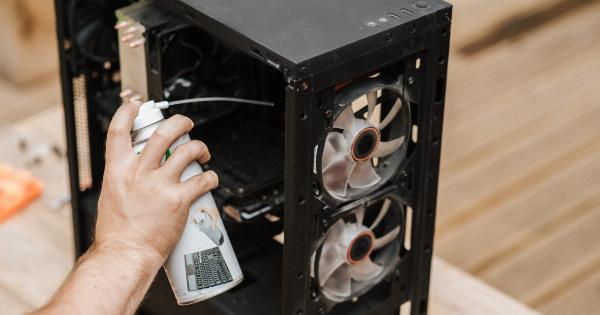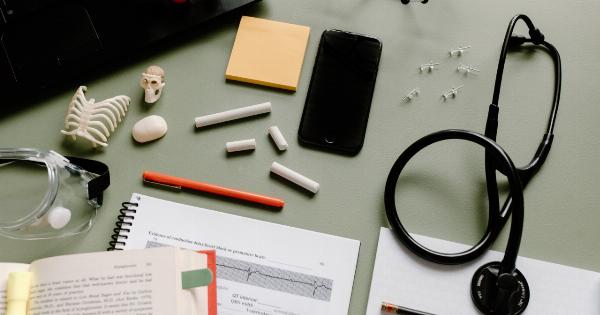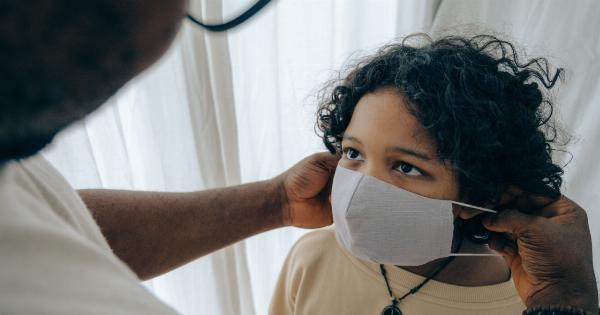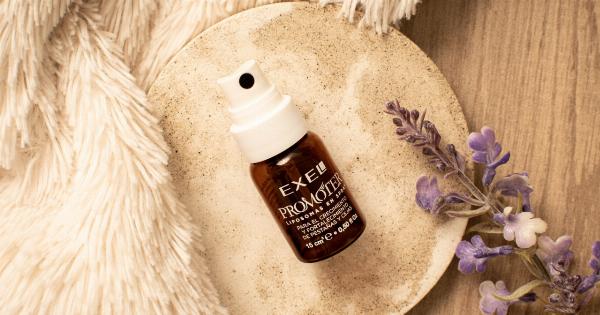Experiencing sexual arousal is a pleasurable feeling for most women, but what happens when this sensation becomes prolonged, painful, and seemingly unending? Female priapism is a rare medical condition that causes the clitoris to become engorged with blood, leading to persistent and painful sexual arousal that can last for hours or even days.
What Causes Female Priapism?
There are several known causes of female priapism. Some of the most common causes include:.
- Medications: Certain medications such as antidepressants, antipsychotics, blood thinners, and hormone replacement therapy can cause priapism.
- Neurological disorders: Conditions that affect the nervous system, such as spinal cord injuries, multiple sclerosis, and Parkinson’s disease, can affect the blood flow to the clitoris and lead to priapism.
- Sickle cell disease: This blood disorder can cause priapism in both men and women due to the abnormal shape of the red blood cells.
- Tumors: In rare cases, tumors in the pelvic region can cause priapism in women.
Symptoms of Female Priapism
The most common symptom of female priapism is a persistent, painful arousal that lasts for several hours or even days. Other symptoms may include:.
- Swelling and tenderness of the clitoris
- Discoloration of the clitoris
- Painful intercourse
- Difficulty urinating
Diagnosing Female Priapism
Diagnosing female priapism can be challenging as it is a rare condition. Your doctor will perform a physical examination and review your medical history. They may also recommend further tests, such as:.
- Blood tests
- Ultrasound of the clitoris
- MRI or CT scan of the pelvic region
Treatment for Female Priapism
The treatment for female priapism depends on the underlying cause. Some treatments that may be recommended include:.
- Discontinuing medications: If medications are causing priapism, your doctor may recommend switching to a different medication or adjusting the dosage.
- Ice packs: Applying ice packs to the clitoris can help decrease blood flow and reduce swelling.
- Medications: Certain medications, such as alpha-agonists, are commonly used to treat priapism in men and may also be effective in women.
- Aspiration: In severe cases, your doctor may need to drain blood from the clitoris using a needle.
- Surgery: In rare cases, surgery may be necessary to treat priapism caused by tumors.
Preventing Female Priapism
Preventing female priapism may not always be possible, as it can be caused by underlying medical conditions. However, there are some steps you can take to reduce your risk, such as:.
- Avoiding medications that can cause priapism
- Treating underlying medical conditions
- Avoiding sexual activity that can cause irritation or injury to the clitoris
When to See a Doctor
If you experience persistent and painful sexual arousal for more than a few hours, you should see a doctor. It is important to seek medical attention immediately if you experience any signs of infection or if you have difficulty urinating.





























